21 Historic College Stadiums Perfect for a Nostalgia-Fueled Road Trip
Forget mere fields of play; these are hallowed grounds where legends were forged and history roars with every Saturday cheer. Imagine stepping into arenas where the very air vibrates with decades of tradition, echoing with the thunderous applause for iconic victories and the indelible footprints of athletic titans. These aren't just stadiums; they are living, breathing monuments to passion, community, and moments that have shaped American culture. We've now expanded our ultimate nostalgic road trip to honor 21 such historic college stadiums, each a cathedral of competition with a unique soul. Prepare to journey through architectural grandeur, relive unforgettable games, and feel the enduring spirit that makes these venues truly legendary.
1. The Rose Bowl: A Grand Stage for History

The Rose Bowl in Pasadena, California, stands as a monumental symbol of college football. Since its opening in 1922, it has hosted numerous Rose Bowl games, each adding a new chapter to its storied legacy. Known as “The Granddaddy of Them All,” the stadium has been the site of thrilling contests that have crowned national champions and showcased future NFL stars. Its iconic design, with a seating capacity exceeding 90,000, reflects the grandeur of the events it hosts. The Rose Bowl is more than just a stadium; it’s a cultural landmark, synonymous with New Year’s Day traditions and the pageantry of college football.
2. Michigan Stadium: The Big House of Dreams
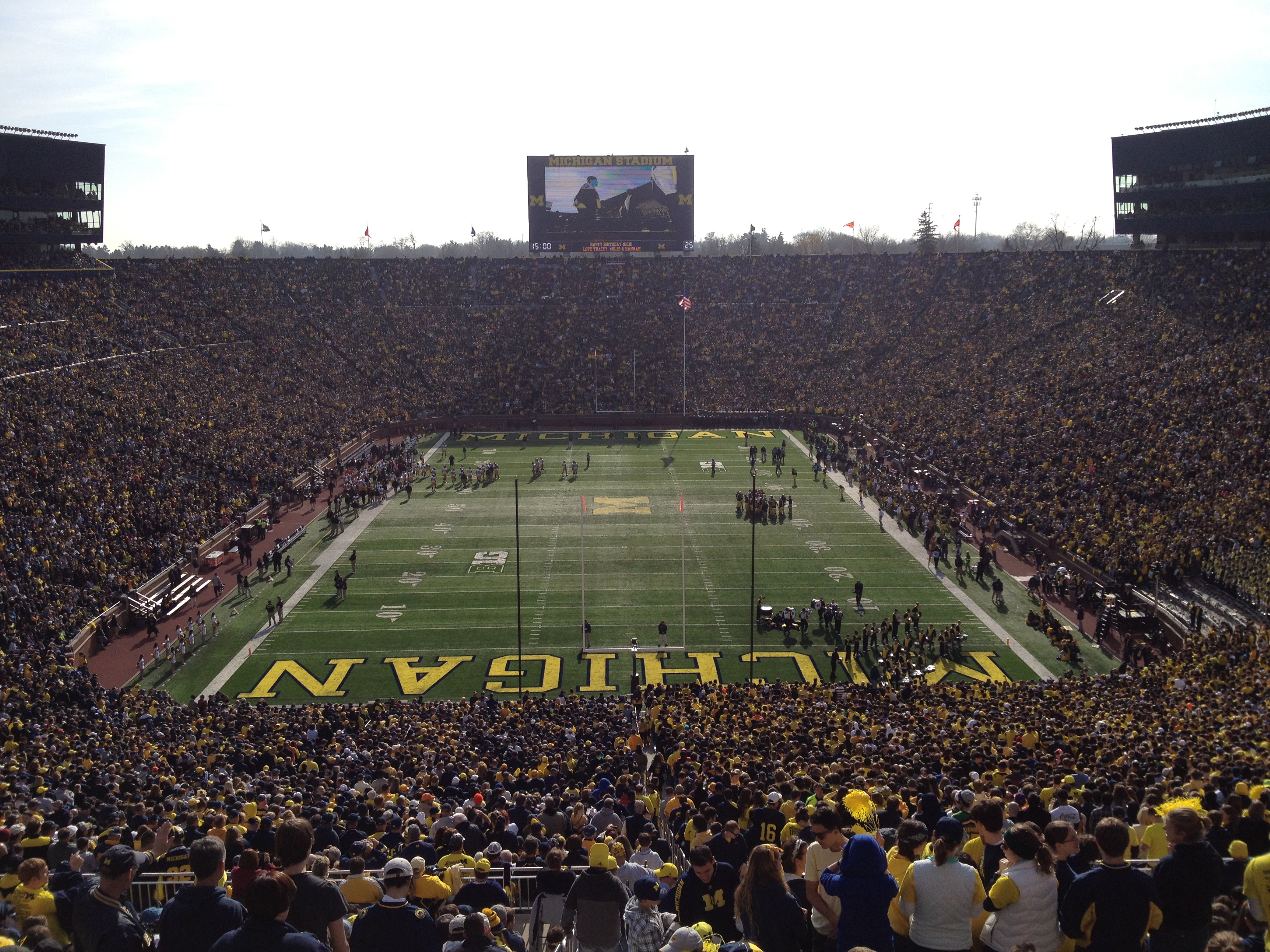
Michigan Stadium, affectionately known as "The Big House," is a colossal symbol of the University of Michigan's football prowess. With a capacity of over 107,000, it is the largest stadium in the United States. Since its inauguration in 1927, it has been home to countless memorable games and legendary players. The stadium's sheer size and the fervor of its fans create an electrifying atmosphere that is unrivaled in college sports. Beyond football, Michigan Stadium has become a cultural icon, hosting events that transcend sports, including concerts and NHL games, further cementing its place in American history.
3. Notre Dame Stadium: A Cathedral of College Football
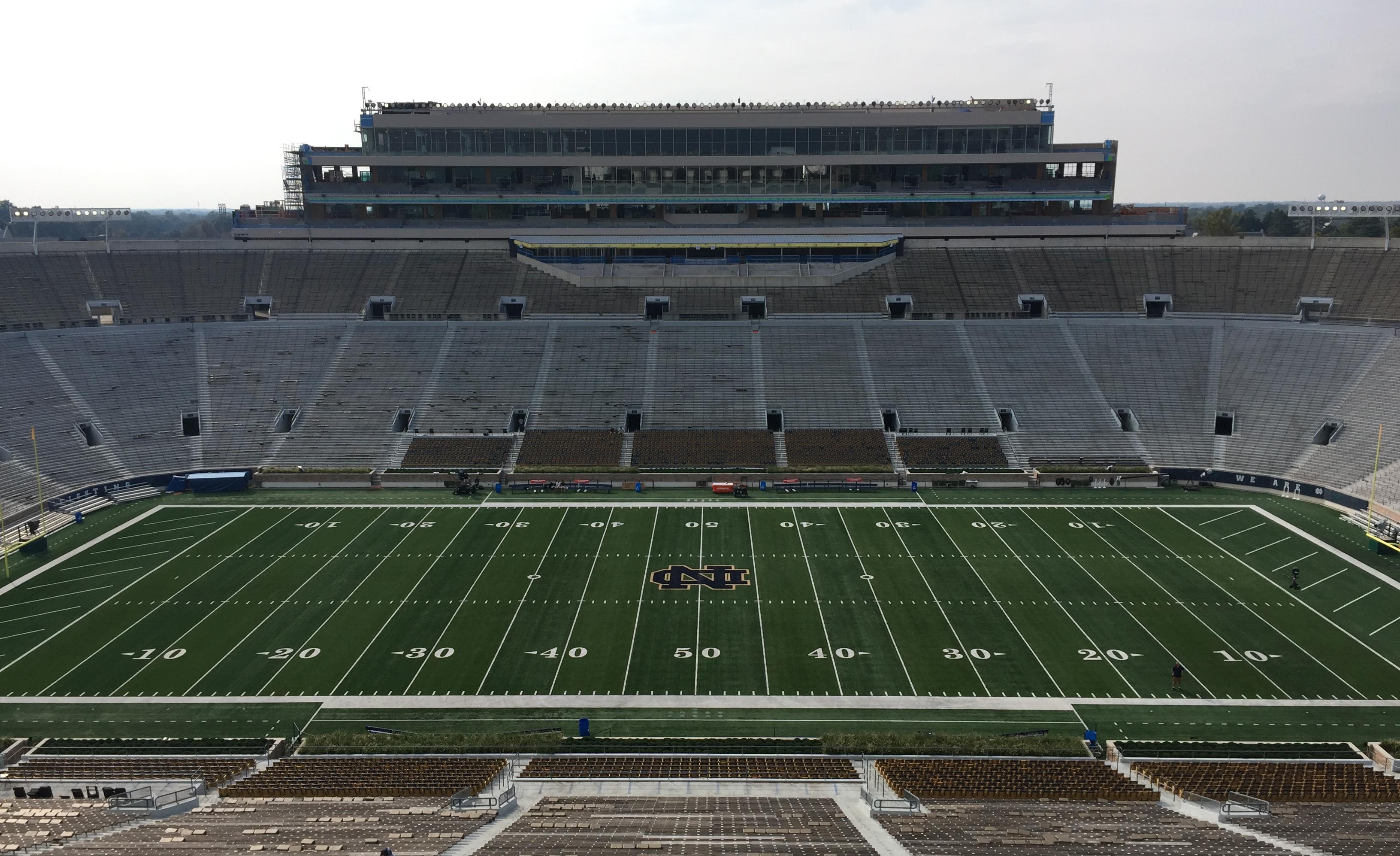
Notre Dame Stadium in South Bend, Indiana, is often referred to as a cathedral of college football. Opened in 1930, it has been the backdrop for the Fighting Irish's storied history. The stadium is steeped in tradition, from the iconic "Play Like a Champion Today" sign to the echoes of the Notre Dame Victory March. Legendary coach Knute Rockne and numerous Heisman Trophy winners have graced its field. Notre Dame Stadium is not just a place of competition; it is a hallowed ground where the spirit of college football is celebrated with reverence and pride.
4. Bryant-Denny Stadium: Heart of the Crimson Tide
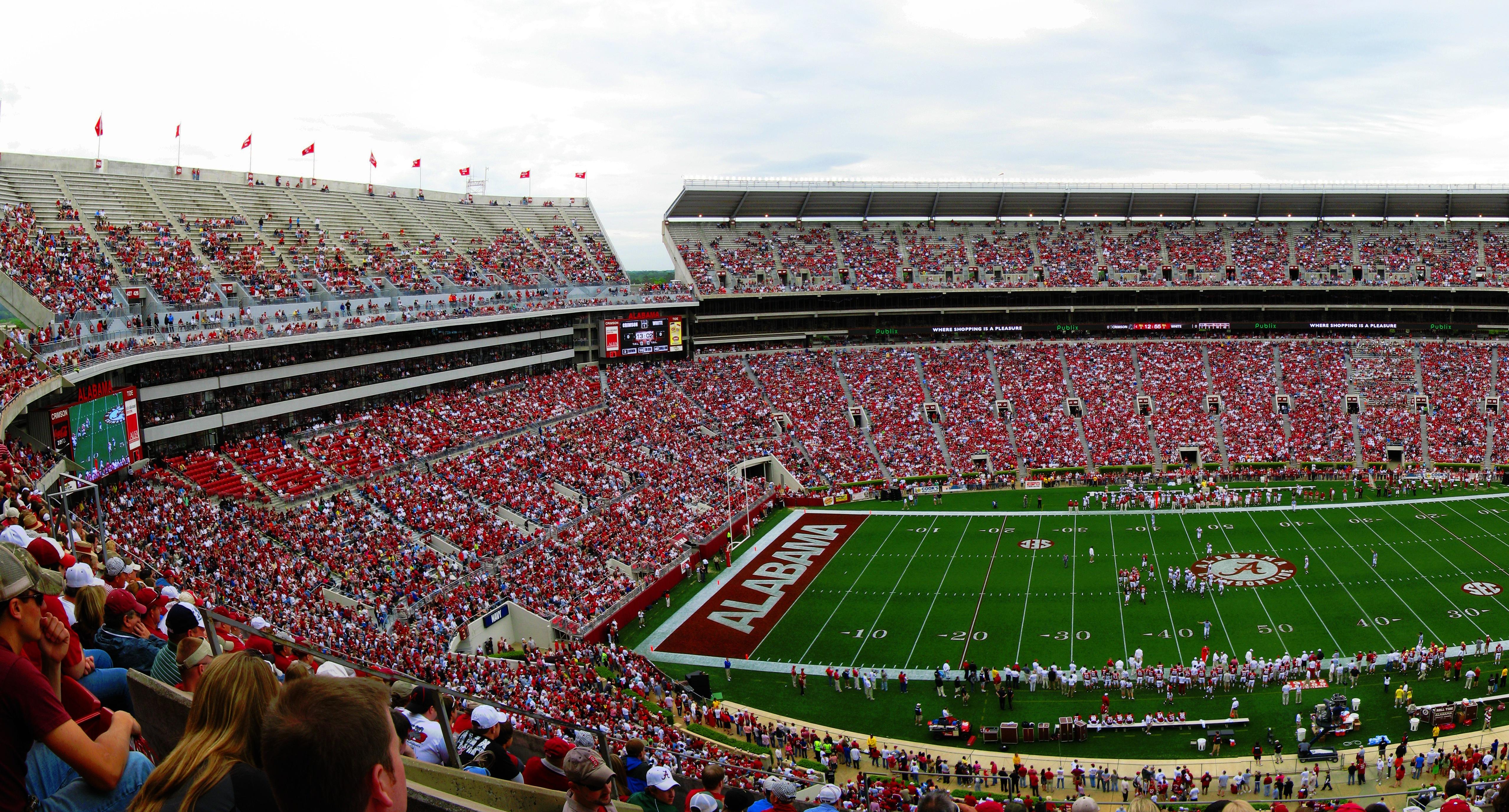
Bryant-Denny Stadium, located in Tuscaloosa, Alabama, is the epicenter of Alabama Crimson Tide football. Since its opening in 1929, it has grown from a modest venue to a modern coliseum, reflecting the program's rise to national prominence. The stadium is named after legendary coach Paul "Bear" Bryant and former university president George H. Denny, symbolizing the university's rich football heritage. With a capacity of over 100,000, it is a fortress where the Crimson Tide's dominance is displayed. The atmosphere on game days is electric, with fans creating a sea of crimson that embodies the pride and tradition of Alabama football.
5. Ohio Stadium: The Horseshoe of Champions
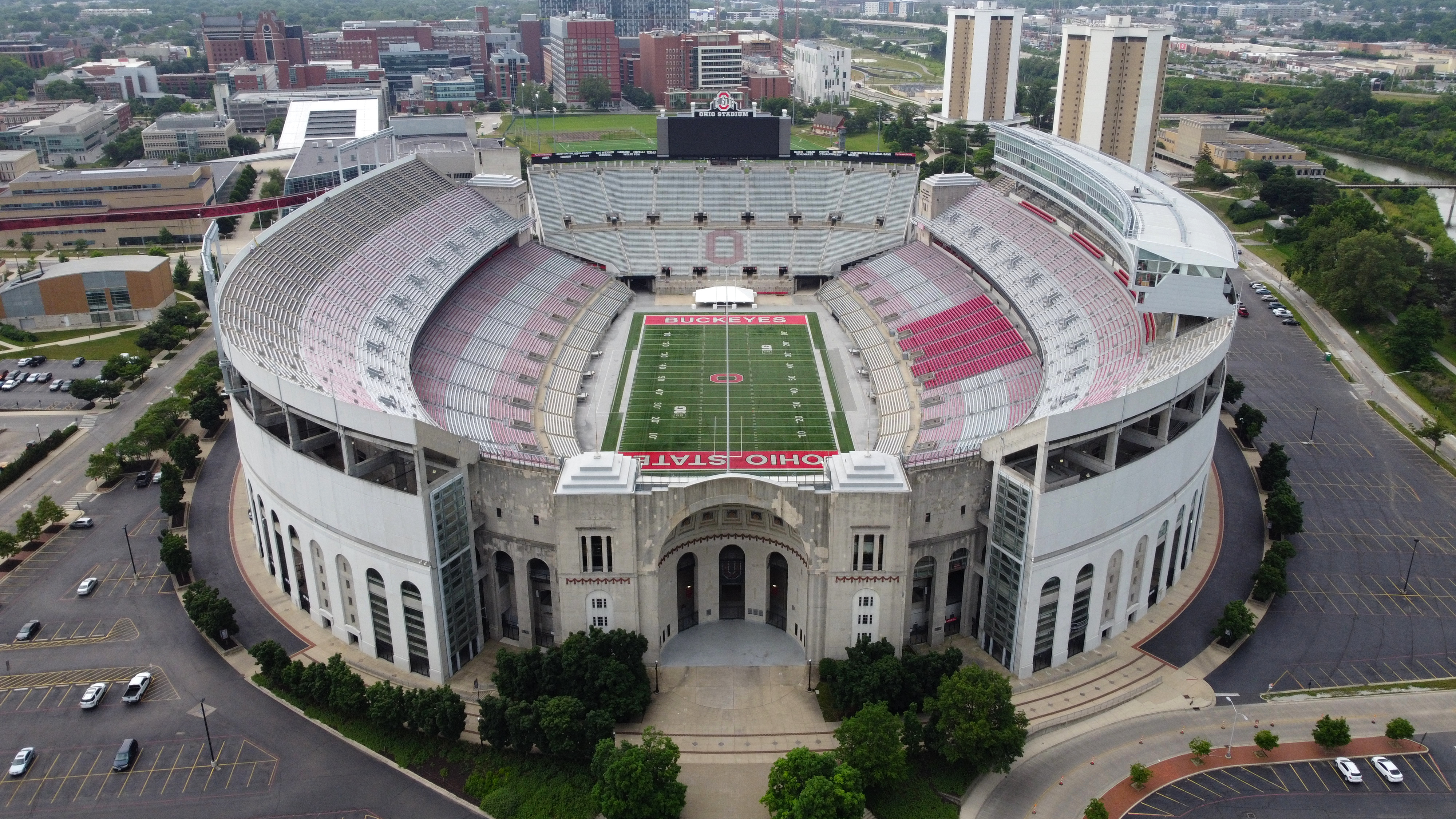
Ohio Stadium, known as "The Horseshoe," is a testament to the Ohio State Buckeyes' storied football legacy. Opened in 1922, it is one of the most recognizable stadiums in college football, with its distinctive horseshoe shape and iconic rotunda. The stadium has witnessed numerous championship runs and Heisman Trophy winners, solidifying its place in college football lore. The Buckeye faithful fill the stands with unparalleled enthusiasm, creating a formidable home-field advantage. Beyond football, Ohio Stadium is a cultural landmark in Columbus, hosting concerts and events that draw visitors from across the nation.
6. Memorial Stadium: The Sea of Red in Lincoln
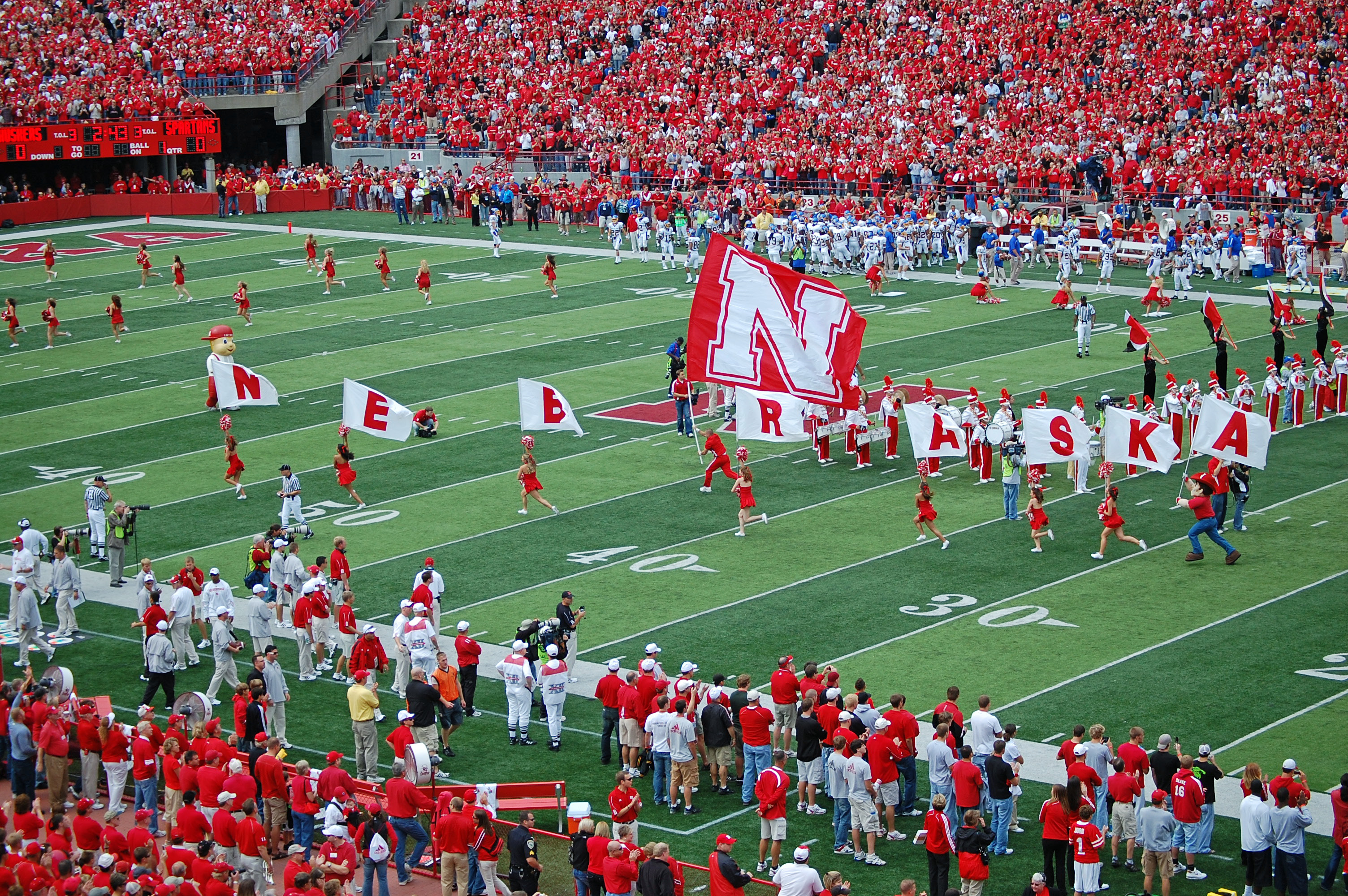
Memorial Stadium in Lincoln, Nebraska, is home to the Nebraska Cornhuskers and one of the most dedicated fan bases in college sports. Since its opening in 1923, the stadium has been a fortress for the Huskers, with fans creating a "Sea of Red" that is both intimidating and inspiring. The stadium's history is intertwined with the state's identity, reflecting the passion and resilience of Nebraskans. Memorial Stadium is more than just a venue; it is a community gathering place where generations of fans come together to celebrate their team and their heritage.
7. Tiger Stadium: The Roar of Death Valley
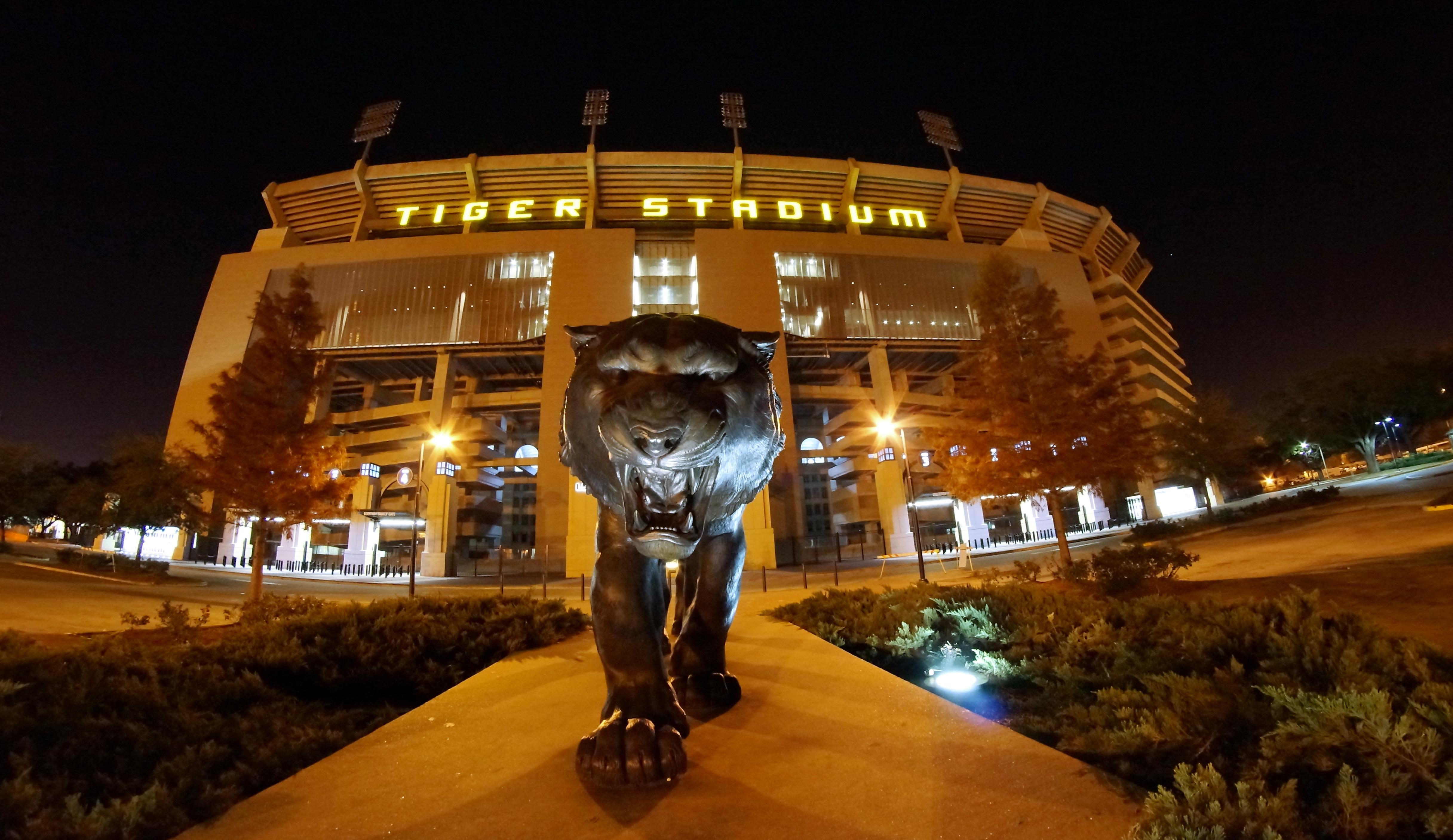
Tiger Stadium in Baton Rouge, Louisiana, is famously known as "Death Valley," a moniker that reflects its intimidating atmosphere. Since its opening in 1924, it has been the home of the LSU Tigers, hosting games that are as much about spectacle as they are about sport. The stadium's unique architecture and raucous fans create a cauldron of noise that is legendary in college football. Night games in Tiger Stadium are particularly renowned, with the stadium coming alive under the lights. It is a place where tradition meets fervor, making it one of the most feared venues in college sports.
8. Sanford Stadium: Between the Hedges in Athens

Sanford Stadium in Athens, Georgia, is renowned for its picturesque setting "Between the Hedges." Opened in 1929, it is the home of the Georgia Bulldogs and a symbol of Southern football tradition. The stadium's hedges, which border the field, are as iconic as the games played within its walls. Sanford Stadium has hosted numerous memorable contests, including SEC Championships and fierce rivalries. The atmosphere on game days is electric, with fans clad in red and black creating a formidable home-field advantage. Sanford Stadium is a place where history and tradition are celebrated with every game.
9. The Yale Bowl: A Pioneer in Stadium Design
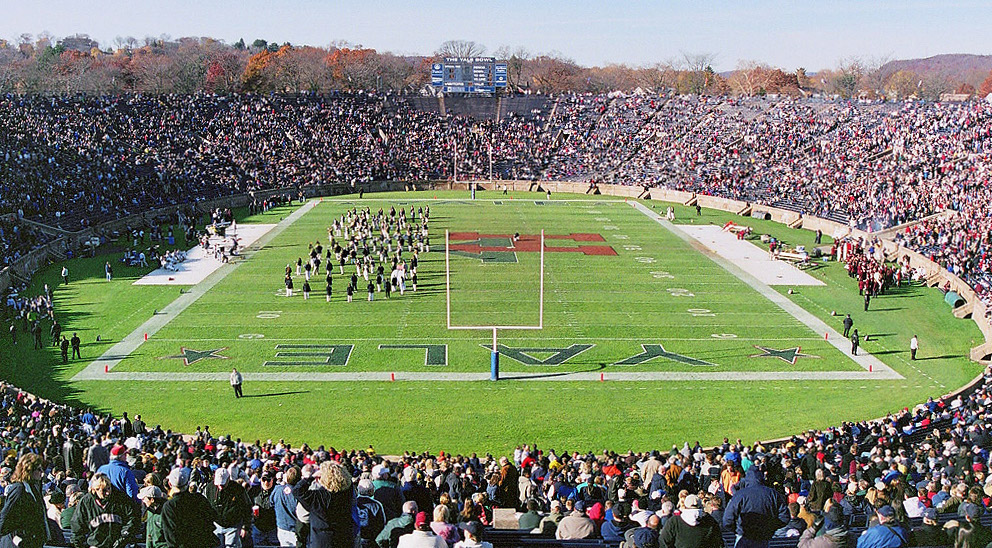
The Yale Bowl in New Haven, Connecticut, is a pioneer in stadium design, setting the standard for future arenas. Opened in 1914, it was the first bowl-shaped stadium in the country, inspiring the construction of other iconic venues. The Yale Bowl has been the site of historic games, including the legendary 1968 Harvard–Yale game, known as "The Game." The stadium's design and history make it a significant landmark in college sports. Beyond football, the Yale Bowl is a cultural icon, reflecting the university's commitment to excellence and tradition in athletics.
10. The Los Angeles Memorial Coliseum: A Multi-Sport Icon
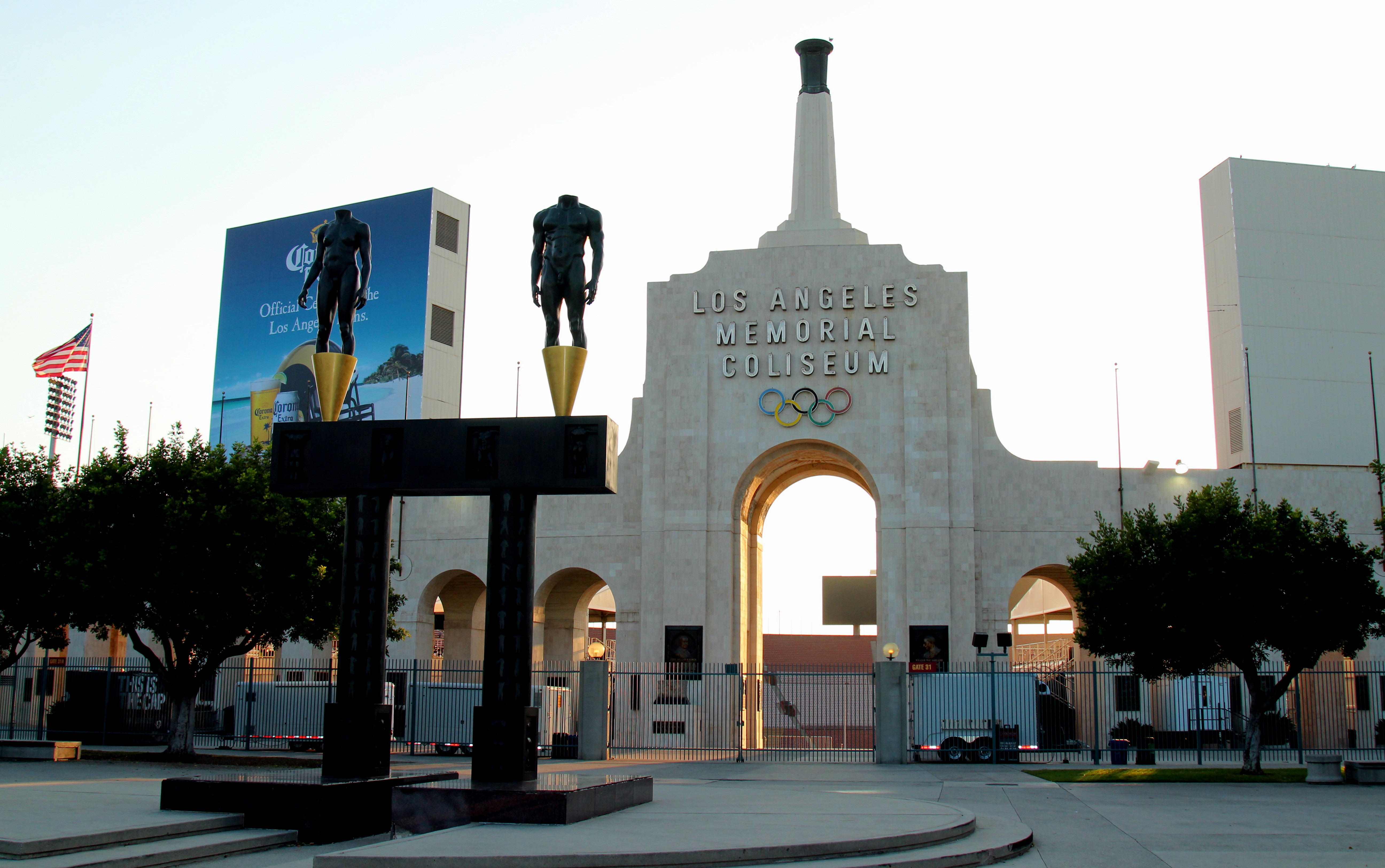
The Los Angeles Memorial Coliseum is a multi-sport icon that has hosted everything from Olympic Games to Super Bowls. Opened in 1923, it is the home of the USC Trojans and a testament to the rich sports culture of Los Angeles. The Coliseum's history is filled with legendary moments and athletes who have left an indelible mark on the world of sports. Its iconic peristyle and torch are symbols of its Olympic heritage. The Coliseum is more than just a football stadium; it is a cultural landmark that embodies the spirit of competition and excellence.
11. Franklin Field: The Oldest Stadium Still in Use
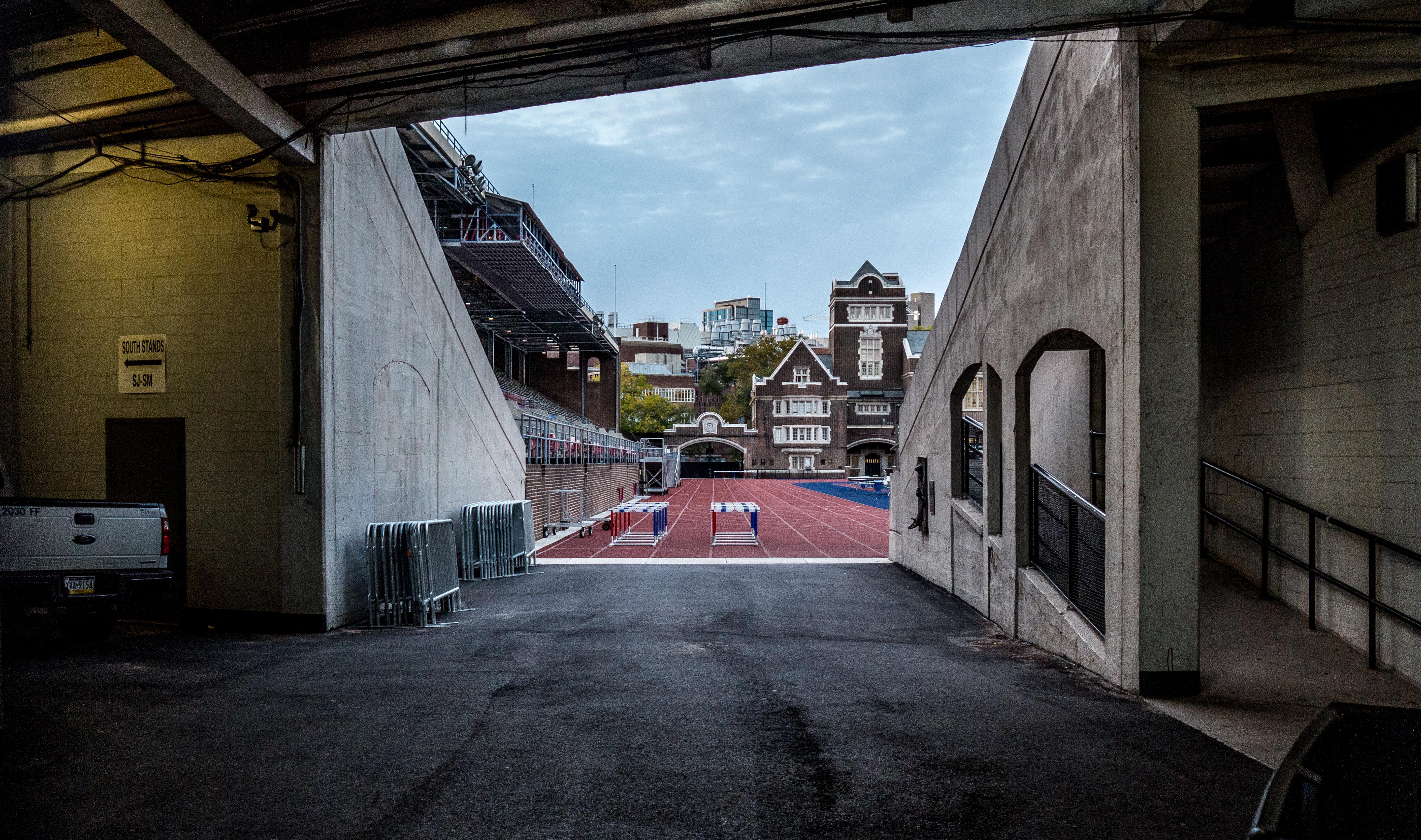
Franklin Field in Philadelphia, Pennsylvania, is the oldest stadium still in use for college football. Opened in 1895, it is the home of the University of Pennsylvania Quakers and a testament to the enduring legacy of college athletics. The stadium has been the site of numerous historic events, including the first televised football game and the Penn Relays, one of the oldest and largest track and field competitions in the world. Franklin Field's history and architecture make it a significant landmark in college sports, reflecting the rich heritage of the University of Pennsylvania.
12. Harvard Stadium: A Concrete Colossus of Innovation
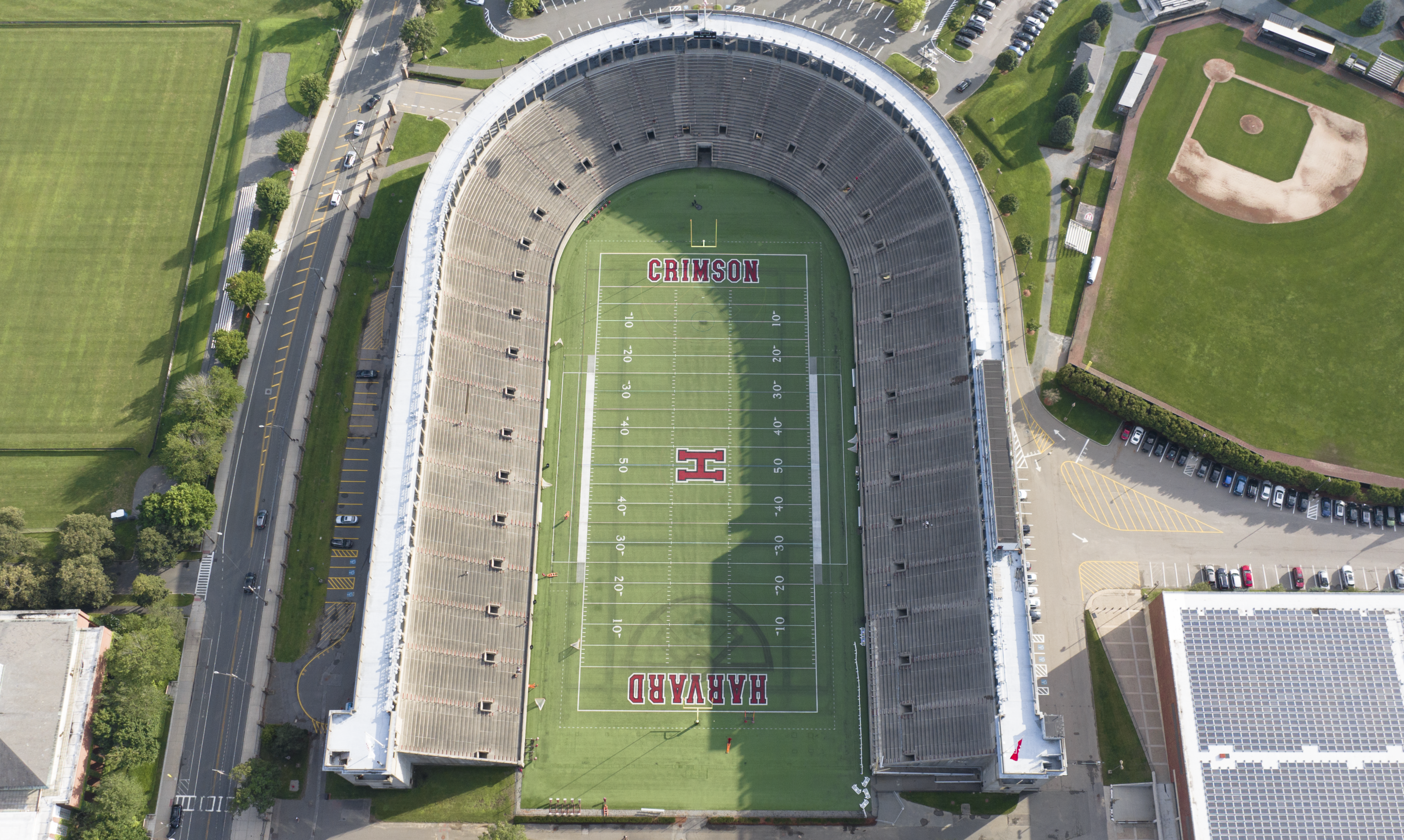
Opened in 1903, Harvard Stadium in Boston, Massachusetts, stands as a pioneering marvel of stadium construction. It was the world's first massive reinforced concrete structure and the first permanent collegiate athletic stadium. Its U-shape design, influenced by Greek stadiums and Roman circuses, set a new standard. A National Historic Landmark, this hallowed ground has witnessed over a century of Ivy League rivalries and legendary Harvard football moments. Its enduring classical architecture and groundbreaking engineering cement its place as a true cathedral of early American sport and innovation.
13. Camp Randall Stadium: From Civil War Grounds to Badger Roars
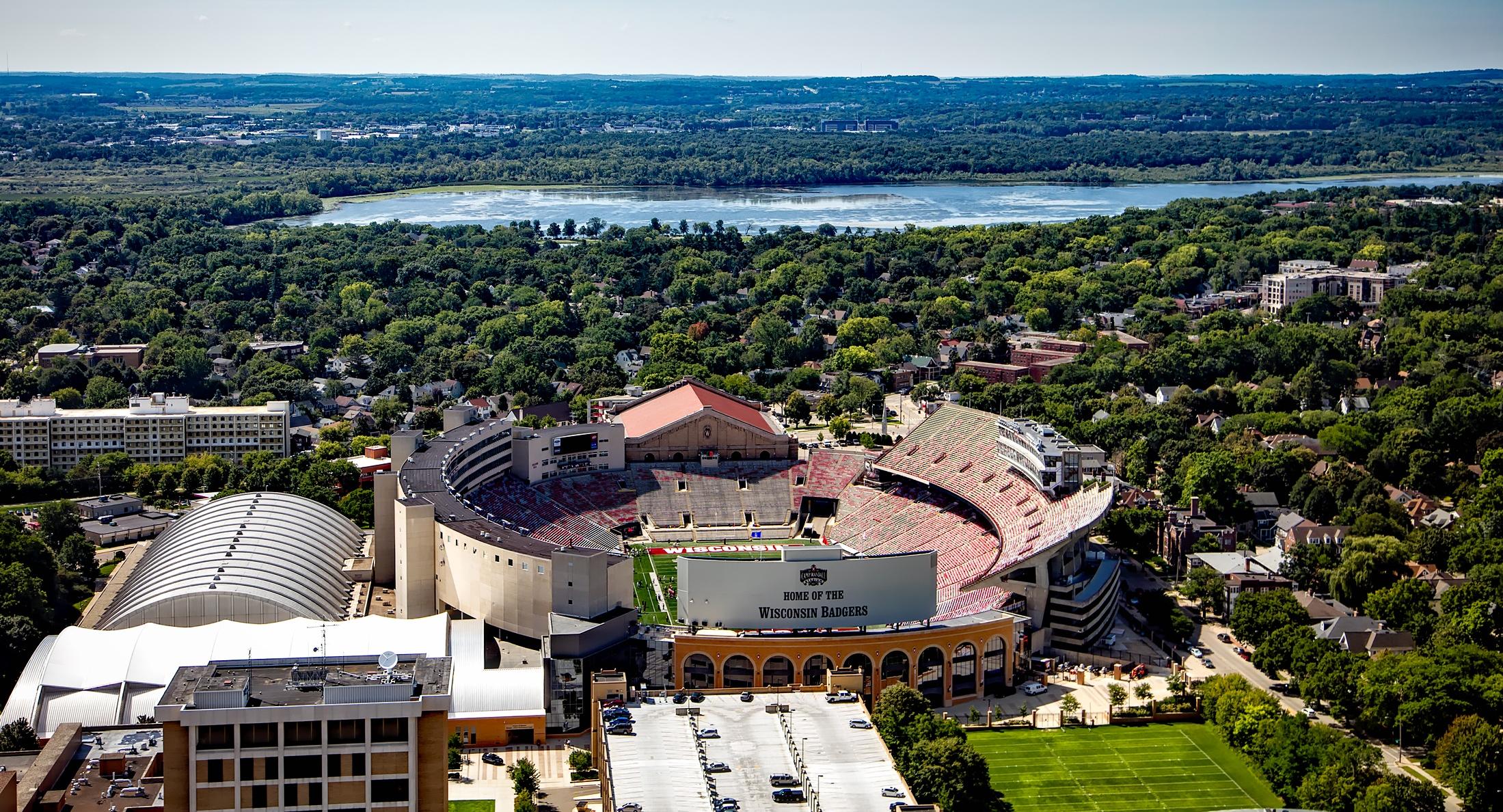
Madison, Wisconsin's Camp Randall Stadium, home of the Wisconsin Badgers, holds a unique historical significance beyond football. The grounds originally served as a Union Army training camp during the Civil War. Opened as a stadium in 1917, it has evolved into a Big Ten powerhouse venue, renowned for its "Jump Around" tradition. The echoes of military drills and generations of passionate fans create a palpable sense of history. Camp Randall is a living monument, embodying Wisconsin's heritage from solemn military beginnings to exhilarating Saturday showdowns.
14. Kyle Field: Home of the Revered 12th Man

College Station, Texas, is home to Kyle Field, the fortress of Texas A&M Aggie football and the birthplace of the "12th Man" tradition. Since its humble beginnings in 1904 and permanent construction in 1927, it has grown into one of college football's largest and loudest venues. The unwavering unity of the student body standing throughout games is legendary. Kyle Field isn't just about capacity; it’s about a profound, almost spiritual connection between the team and its supporters, making it a truly historic and intimidating place to play.
15. Jordan-Hare Stadium: Auburn's Theatre of Miracles
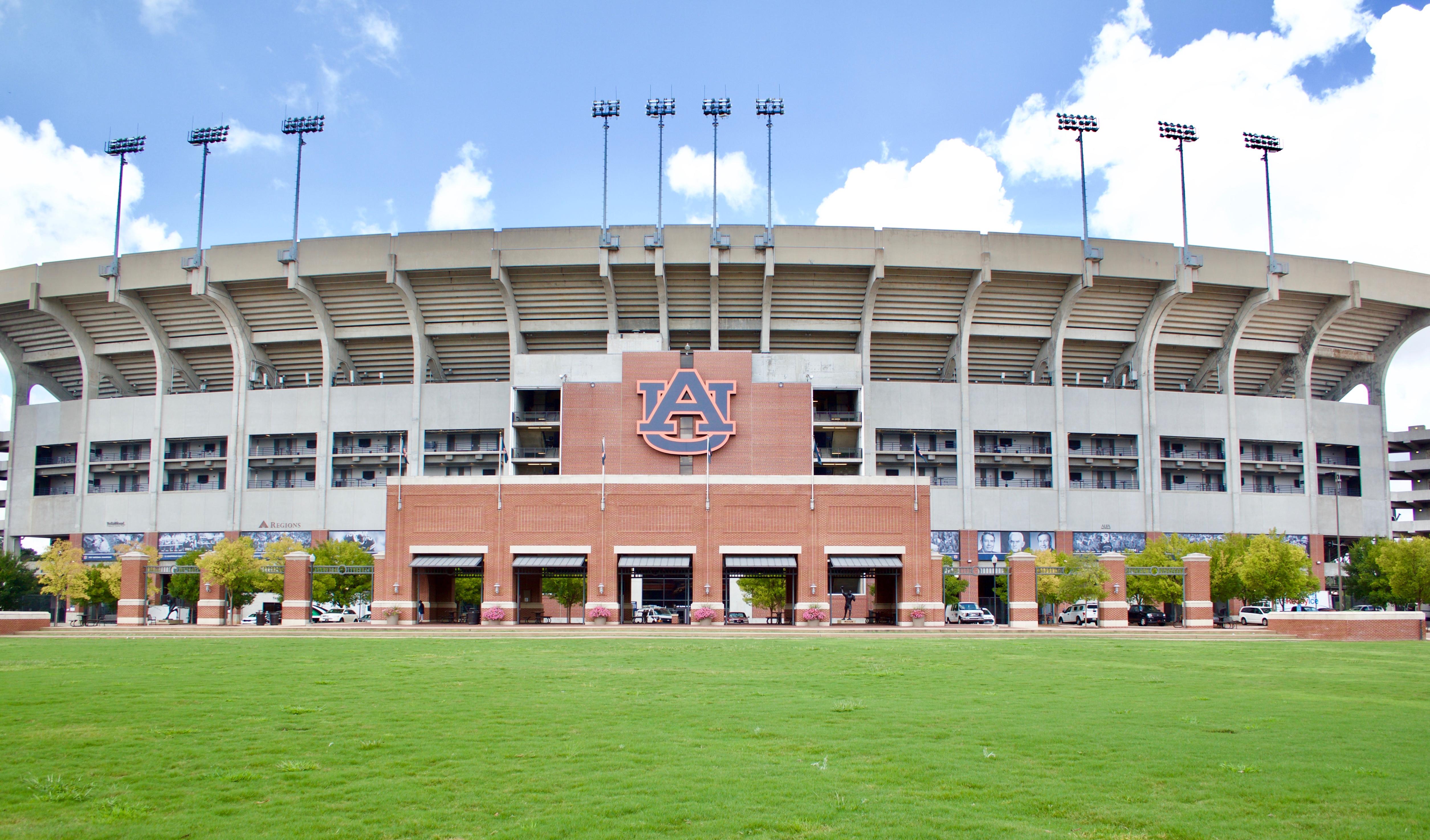
Jordan-Hare Stadium in Auburn, Alabama, has been the stage for some of college football's most improbable and thrilling moments since opening in 1939. From the "Punt Bama Punt" game to the "Kick Six," its turf is soaked in dramatic history, especially concerning the fierce Iron Bowl rivalry. Named for legendary coach Ralph "Shug" Jordan and player Cliff Hare, the stadium embodies the resilient spirit of the Auburn Tigers. On game days, the roar of "War Eagle!" transforms it into a cauldron of passionate belief and unforgettable football lore.
16. Neyland Stadium: Volunteer Spirit on the Tennessee River

Perched beside the Tennessee River in Knoxville, Neyland Stadium, home of the Tennessee Volunteers, is an iconic structure that has grown organically since 1921. Its unique feature, the "Vol Navy," a flotilla of boats docking nearby on game days, adds to its distinct charm. Named for General Robert Neyland, the architect of much of Tennessee's football success, the stadium is renowned for its checkerboard end zones and the passionate sea of orange. It's a testament to regional pride and decades of SEC football history, echoing with "Rocky Top."
17. Bobby Dodd Stadium at Historic Grant Field: Atlanta's Enduring Gridiron

Atlanta, Georgia, hosts Bobby Dodd Stadium, the oldest on-campus stadium in NCAA Division I FBS football, with Georgia Tech playing there since 1913 (the current structure dates from then, though the field was used earlier). Nestled amidst the city skyline, it offers a unique urban backdrop. Named for legendary coach Bobby Dodd, its intimate setting and rich history, including national championships and hosting events during the 1996 Olympics, make it a cherished landmark. It’s a rare gem where big-city progress meets deep-rooted collegiate tradition.
18. Folsom Field: Beauty and the Buffalo Roam in Boulder
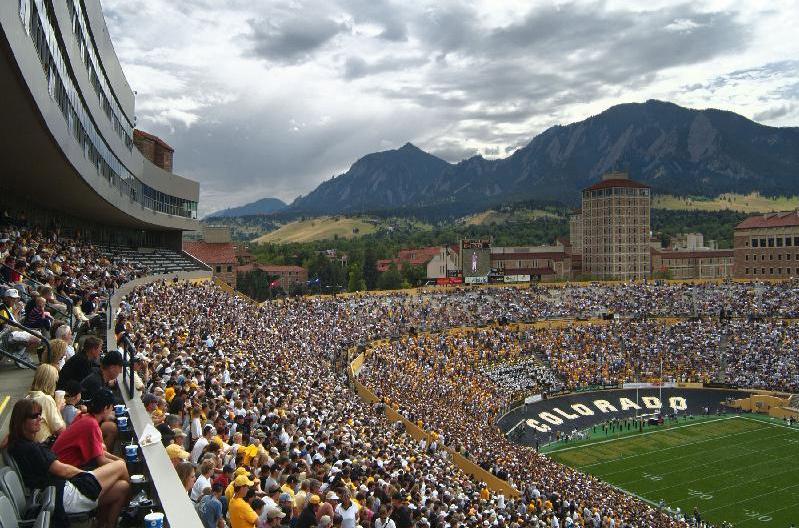
Set against the stunning backdrop of the Flatiron Mountains in Boulder, Colorado, Folsom Field offers one of college football's most picturesque settings. Home to the Colorado Buffaloes since 1924, it’s famed for Ralphie, the live buffalo mascot who thunders across the field before games. The high altitude and breathtaking scenery provide a unique and often challenging environment for visiting teams. Folsom Field combines natural beauty with passionate Pac-12 football, creating an unforgettable and historic game-day experience.
19. Husky Stadium: Seattle's Lakeside Roar
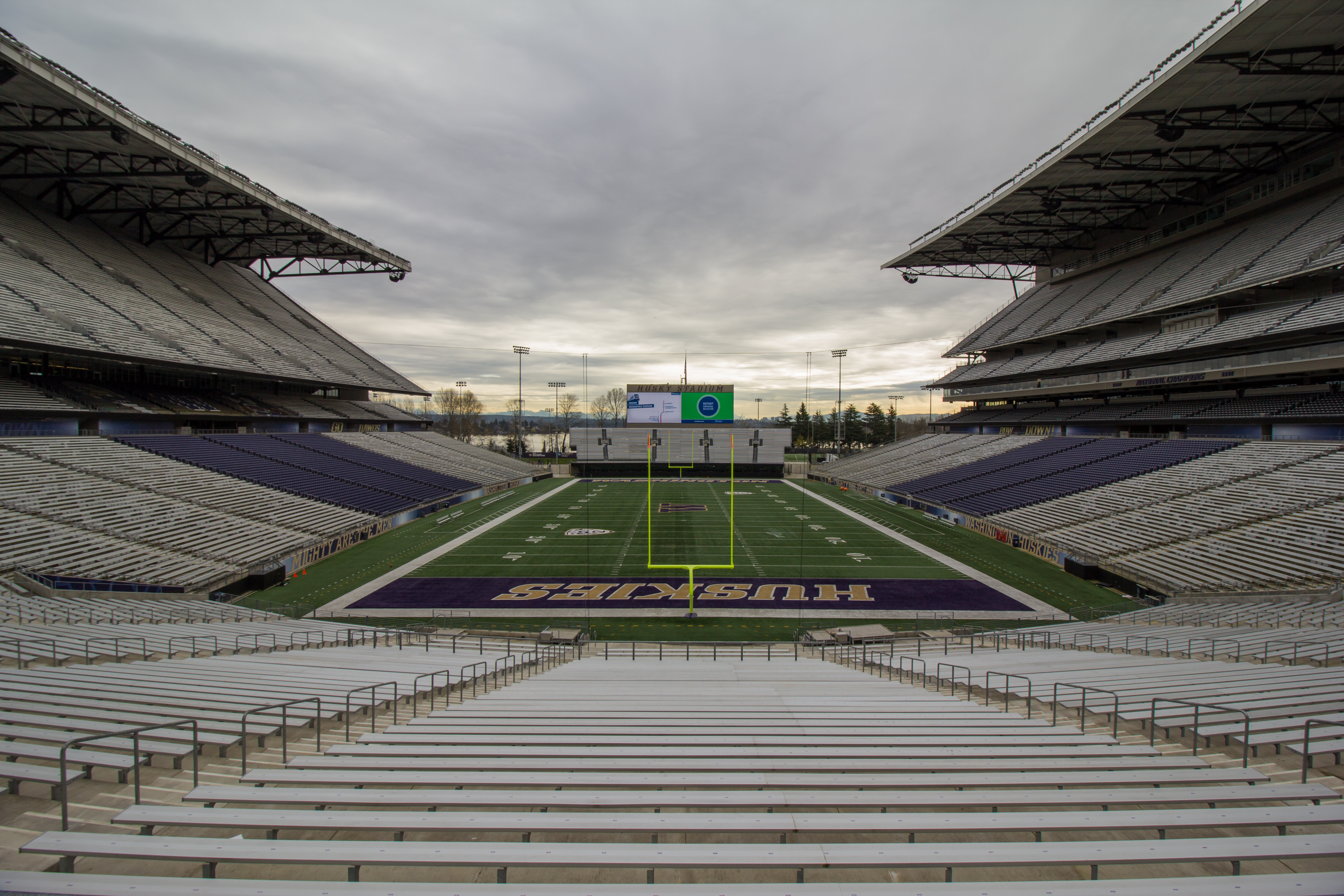
Overlooking Lake Washington and offering stunning views of the Cascade Mountains and the Seattle skyline, Husky Stadium is often dubbed "The Greatest Setting in College Football." Home of the University of Washington Huskies since 1920, its unique cantilevered roofs trap sound, making it one of the loudest venues despite its open ends. Famous for "The Wave" originating there and its passionate fanbase arriving by boat ("sailgating"), Husky Stadium blends breathtaking natural beauty with a rich football history and innovative architectural design.
20. Michie Stadium: Duty, Honor, Country on the Hudson

Located at the United States Military Academy in West Point, New York, Michie Stadium offers a game-day experience steeped in unparalleled tradition and patriotism. Opened in 1924, it overlooks the scenic Hudson River. Home to the Army Black Knights, every game is a display of cadet discipline and spirit, from the pre-game parade to the roar of cannons. Michie Stadium is more than a sports venue; it's a symbol of service and American military heritage, providing one of the most stirring and historic backdrops in all of college athletics.
21. Ben Hill Griffin Stadium ("The Swamp"): Where Gators Roam and Opponents Tremble
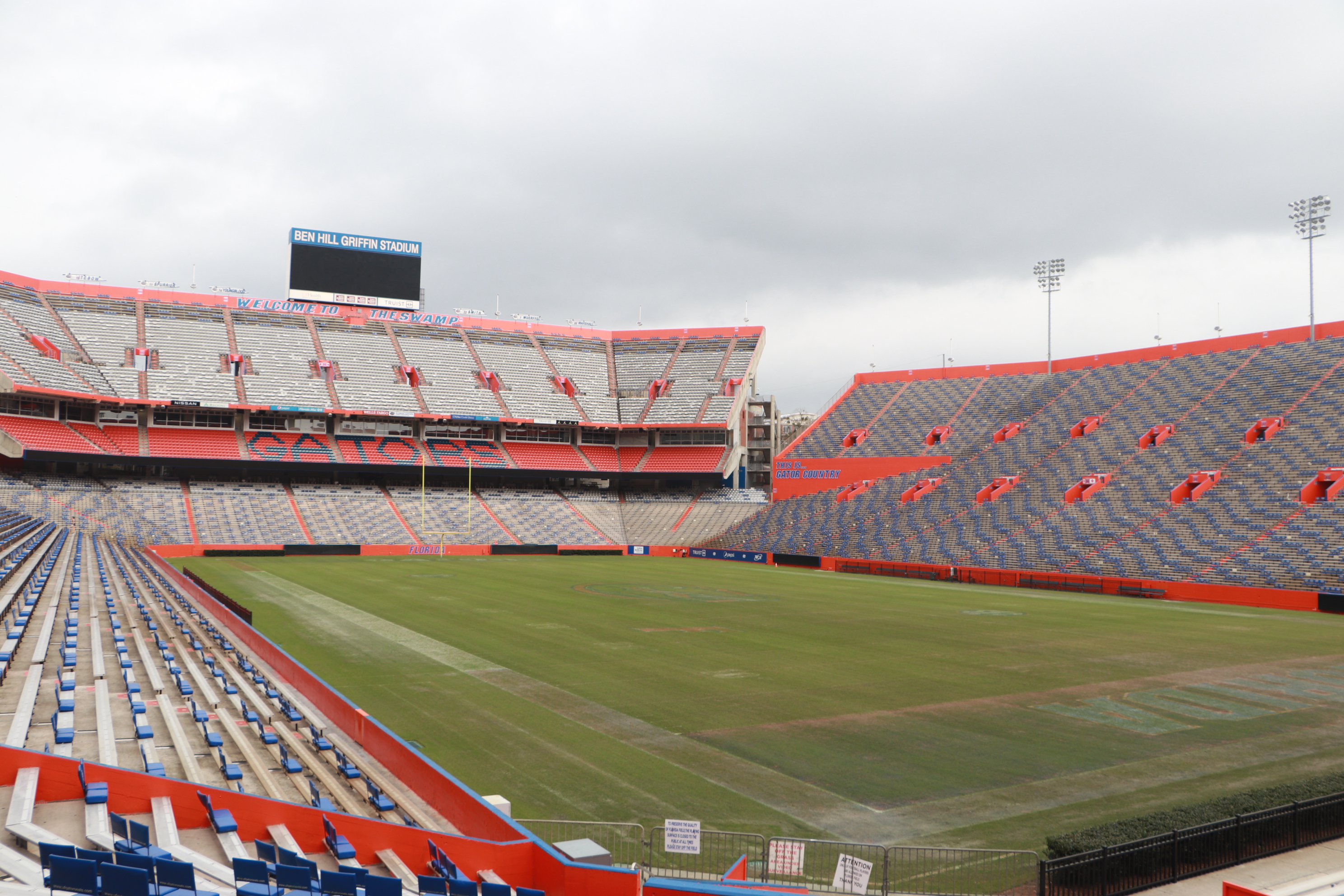
Gainesville, Florida, is home to Ben Hill Griffin Stadium, famously known as "The Swamp." Since opening in 1930, it has earned a reputation as one of the most intimidating venues for visiting teams, thanks to the close-to-the-field seating, Florida's heat and humidity, and the deafening roar of over 90,000 Gator fans. The tradition of the "Two Bits" cheer and the passionate "Orange and Blue" chant make "The Swamp" a uniquely challenging and historic place, embodying the fierce competitive spirit of SEC football.
More Than Concrete: Timeless Arenas
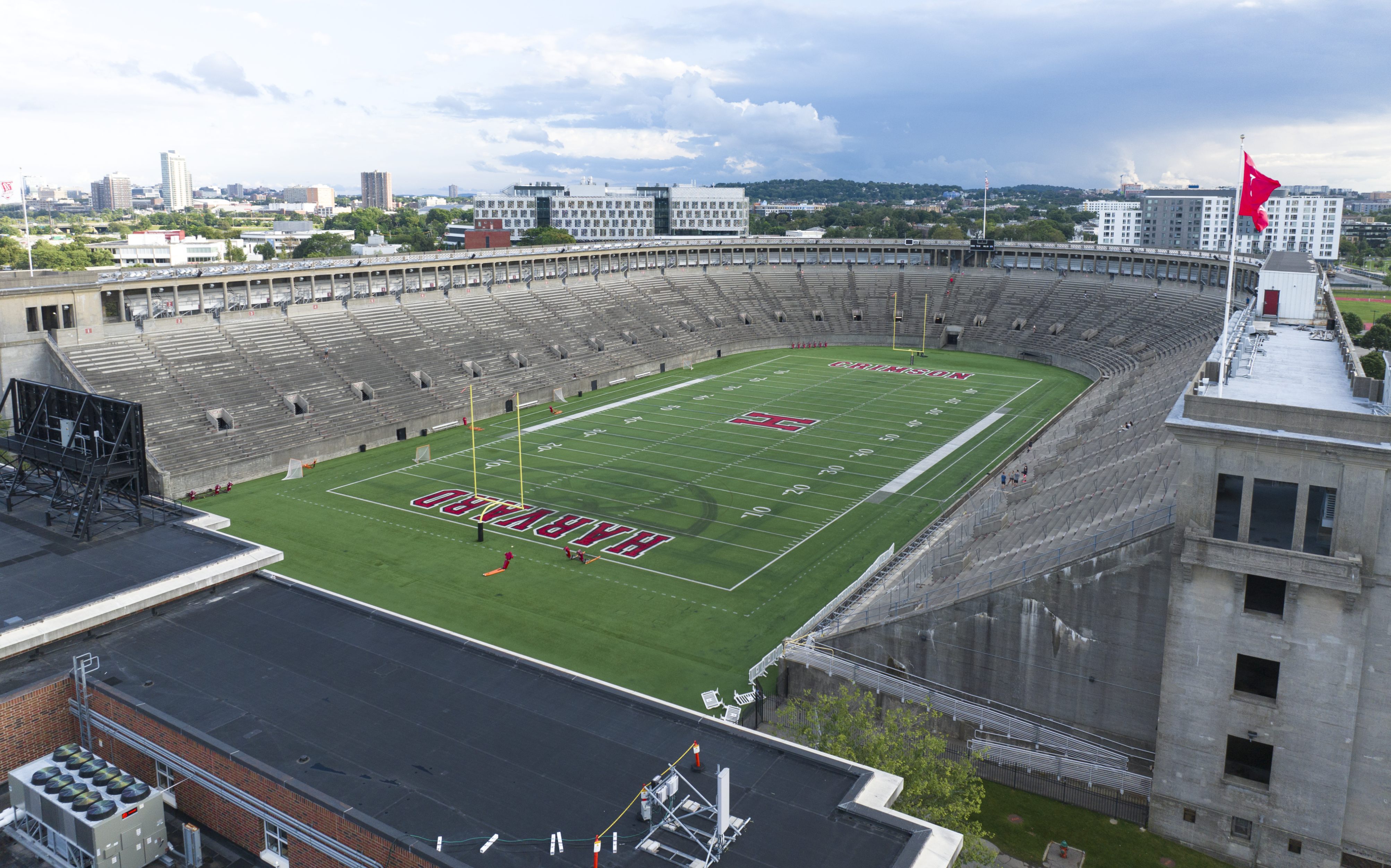
As we conclude our journey through these historic college stadiums, we are reminded of the enduring legacy they represent. Each stadium is a testament to the passion, tradition, and community that define college sports. They are more than just venues for competition; they are cultural landmarks that reflect the history and spirit of their institutions. The echoes of unforgettable games and legendary moments fill the air, reminding us of the timeless allure of college athletics. These stadiums are not just places of sport; they are hallowed grounds where history is made and celebrated with each passing season.








